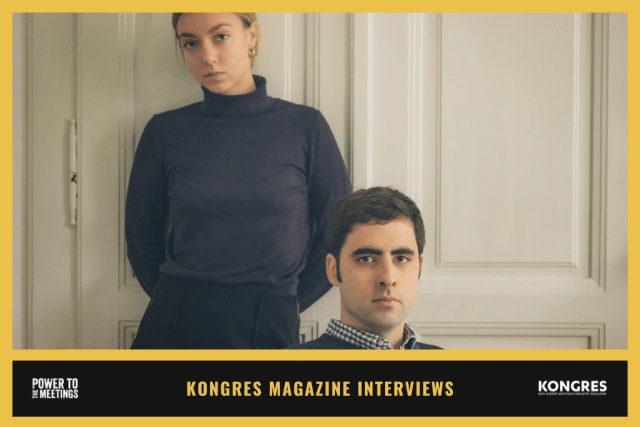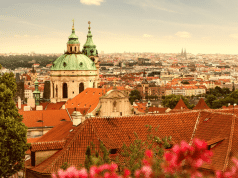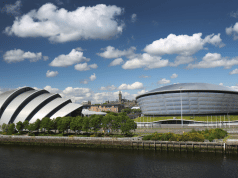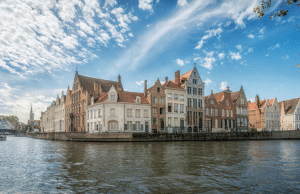Q1: You recently won the competition of the Slovenian Book Agency to design the Slovenian pavilion and exhibitor stand at the international book fair in Frankfurt. How did you convince the jury, and what does the holistic architectural design of the pavilion entail?
In their final report at the end of the public competition, the expert jury noted that the proposal edged out its competition because of its artistic refinement, simplicity, and above all, frugality and practicality.
We are proud that the jury recognised our ambition to design a sustainably designed, modern space that creates an inviting space that attracts visitors and offers them a variety of experiences: from visiting an exhibition, experiencing a spectacle in the auditorium, taking a break and flipping through books, having an intimate conversation or networking and meeting new people. With the aim to facilitate a unique spatial experience, we designed modular elements of bookshelves, auditoriums and hanging elements that form the composition of the pavilion. When selecting materials and designing elements, one of the main criteria was to adhere to the principles of sustainable development.
Q2: The programme design, functional limitations of convention halls and many other factors define exhibition halls and venues. How much space is left for quality and refined architecture?
The project assignment, which prescribes functional and spatial requirements and limitations, was prepared very thoroughly by the client. Consequently, we could focus on those segments of design where there is more designer freedom during the entire process. Thus, we had more artistic freedom, given the pavilion is not within the part of the venue where the trade show takes place. Instead, the pavilion aims to present a distinguished country – the varying approaches to the design of previous pavilions have shown that it is possible to create in an unconventional way. We approached the design holistically and in such a way that all elements are part of a coherent architectural experience.
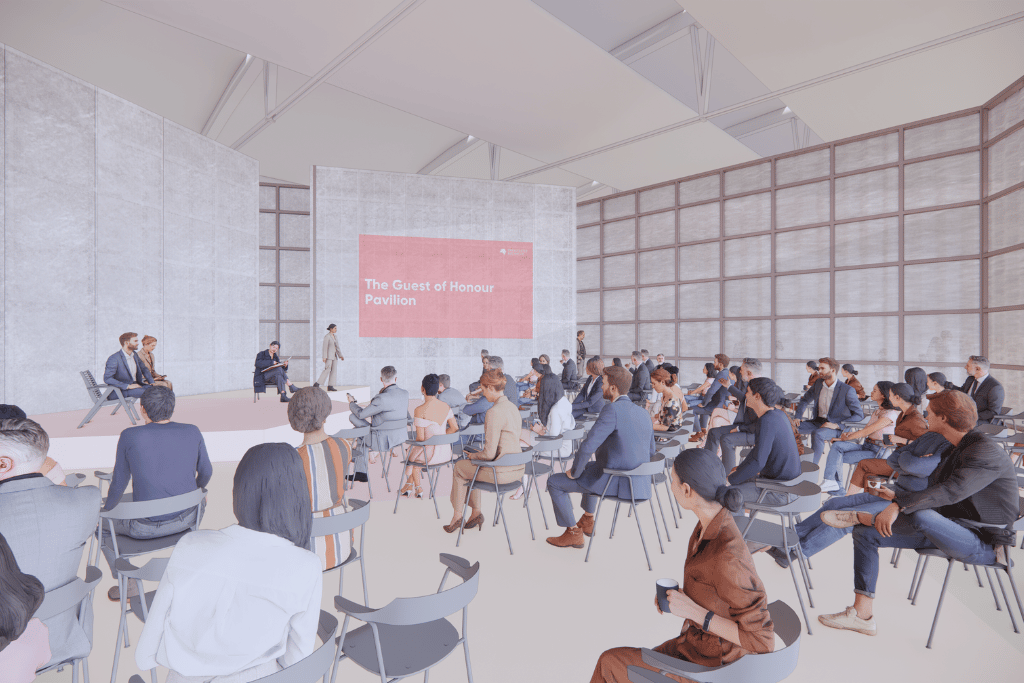
Q3: A pressing challenge is attracting younger audiences to trade shows and exhibitions. Therefore, how to spatially design a modern exhibition pavilion and what should not be overlooked?
It is necessary to offer younger visitors experiences that cannot be replicated in digital spheres and can only result from physical interaction. In the context of trade fairs, the organisers should host as many events, round tables and gatherings as possible. Organisers, on the other hand, should not only provide information but attract with a well-thought-out design of the space.
Q4: How did you incorporate the idea of Slovenia as a sustainable and green destination into the project?
The pavilion, designed according to the principles of sustainable design, functions as the best ambassador of Slovenia as a sustainable destination. Our approach included a reuse strategy and only selecting and designing materials that create reasonable logistical costs. The elements and the composition were designed to create a unique spatial experience that incites the visitors’ interest in Slovenian books, culture, history, cities and nature.
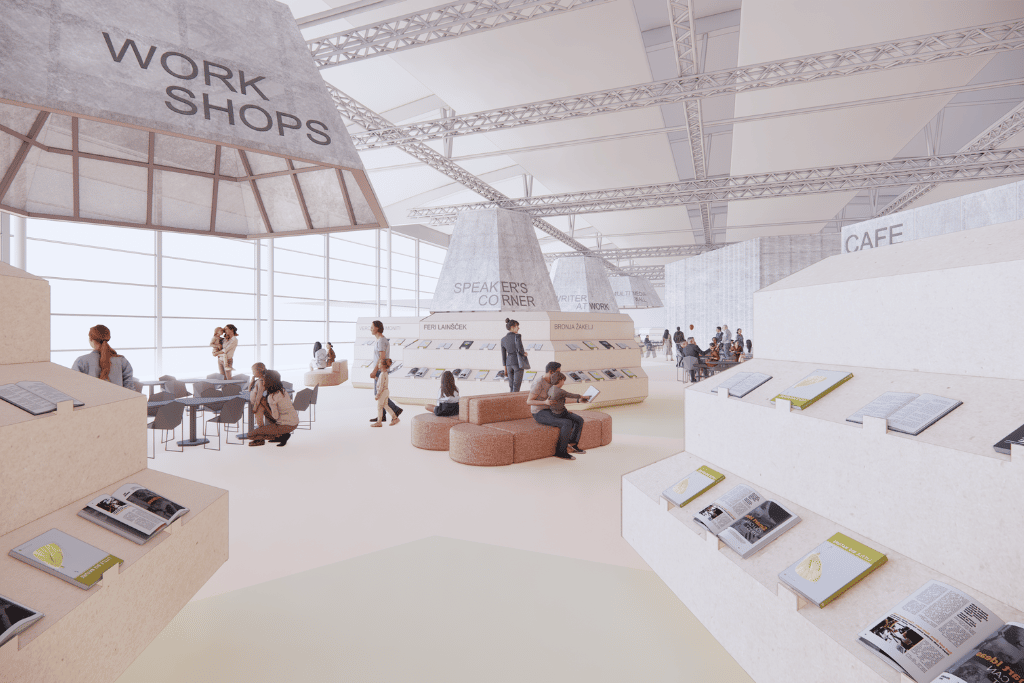
Q5: What advice would you give to Slovenian companies considering joining trade shows abroad? What should be their primary focus?
After attending this year’s book fair, the stands that were most memorable were those that featured a thought-out design and clearly presented information regarding a company’s activities. It is particularly vital to create a unique spatial experience: specific illumination and designing intimate and separate spaces that help present unique products.
Q6: Handcrafted furniture and interior design created in Slovenia can elevate entire projects. How developed is Slovenia in this regard?
There is a tradition of high-quality design and making furniture and interior design elements in Slovenia. When designing the pavilion, we thought it would be fantastic to include both Nik Kralj‘s design classic pieces and more niche or boutique furniture, which was presented as part of the exhibitions of the Center for Creativity of Contemporary Authors. Renowned global events such as the Frankfurt Book Fair are an excellent opportunity to present the best pieces to a broad audience.
Find out more about Urška and Jure Sadar here.


